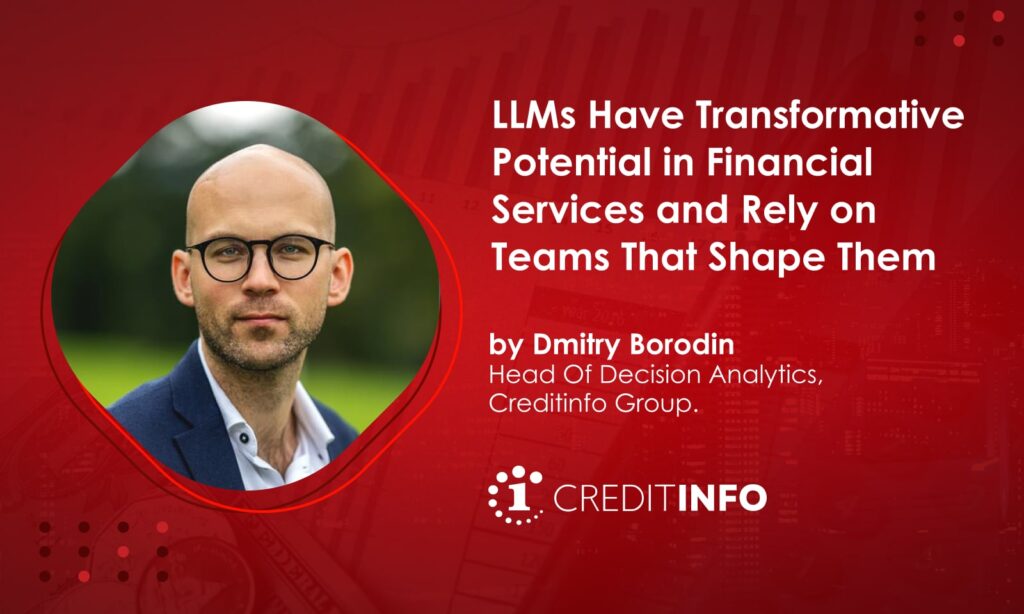October 2025
LLMs Have Transformative Potential in Financial Services and Rely on Teams That Shape Them

Large language models (LLMs) are disrupting established industries and creating new business opportunities. They can also bring significant value to financial institutions.
While most early implementations have focused on client-facing applications like onboarding, call-center automation and digital assistants, much of LLMs’ potential lies in operational functions. For example, they can:
- Enhance model management by creating model documentation, explaining complex models in plain language and assisting in model validation workflows.
- Boost anomaly detection enabling faster escalation and resolution by human teams.
- Support audit and compliance activities by summarizing model behavior, identifying compliance gaps and documenting evidence for regulators.
- Enhance internal knowledge management by helping staff quickly retrieve information from documents.
These behind-the-scenes applications drive efficiency and free up human teams to focus on strategic decision-making and higher-value tasks. Successful adopters are able to unlock such synergies.
Human-LLM Collaboration
More broadly, human-AI collaboration in finance is evolving. It has become clear that human strengths, such as empathy, judgment and contextual understanding, are critical for high-stakes interactions and that fully autonomous systems still face limitations in certain client-facing roles.
Therefore, financial institutions should focus on building systems allowing AI to enhance, rather than replace human work and allow staff to remain at the center of complex decisions and client relationships. For example:
- Analysts can use LLMs to draft credit assessments, which experts then finalize.
- Compliance officers can use AI to flag suspicious transactions, which are then reviewed by humans applying their expertise and contextual knowledge before escalation.
- Advisors can leverage AI to brainstorm investment strategies, but then deliver advice with empathy and consideration of their clients’ circumstances.
Responsible Rollout
To stay ahead and fully leverage the potential of LLMs while balancing innovation with regulatory requirements, financial institutions should adopt a phased, risk-based approach starting with low-risk, high-value use cases in controlled environments.
As part of this, regular testing in sandbox environments is essential to refine models before wider deployment. Benchmarking LLM outputs against traditional, well-understood models adds another layer of interpretability and reliability. Equally important is continuous human oversight, particularly for impactful decisions where trust, accountability and transparency are necessary.
Looking ahead, institutions must invest in both infrastructure and talent to leverage LLMs responsibly. Scalable computation environments are needed to support LLM training and secure data pipelines are vital for compliant and well-governed data processing. But infrastructure alone is not enough. Success with LLMs will depend on the people behind them. The right mix of machine learning engineers, risk and domain experts, and legal professionals who specialize in AI regulation is needed.
LLMs in financial services are still at an early stage, but with the right mix of technology, processes and talent working toward a shared vision for AI, LLMs can deliver significant value both in and beyond client-facing roles without introducing unnecessary risk.




